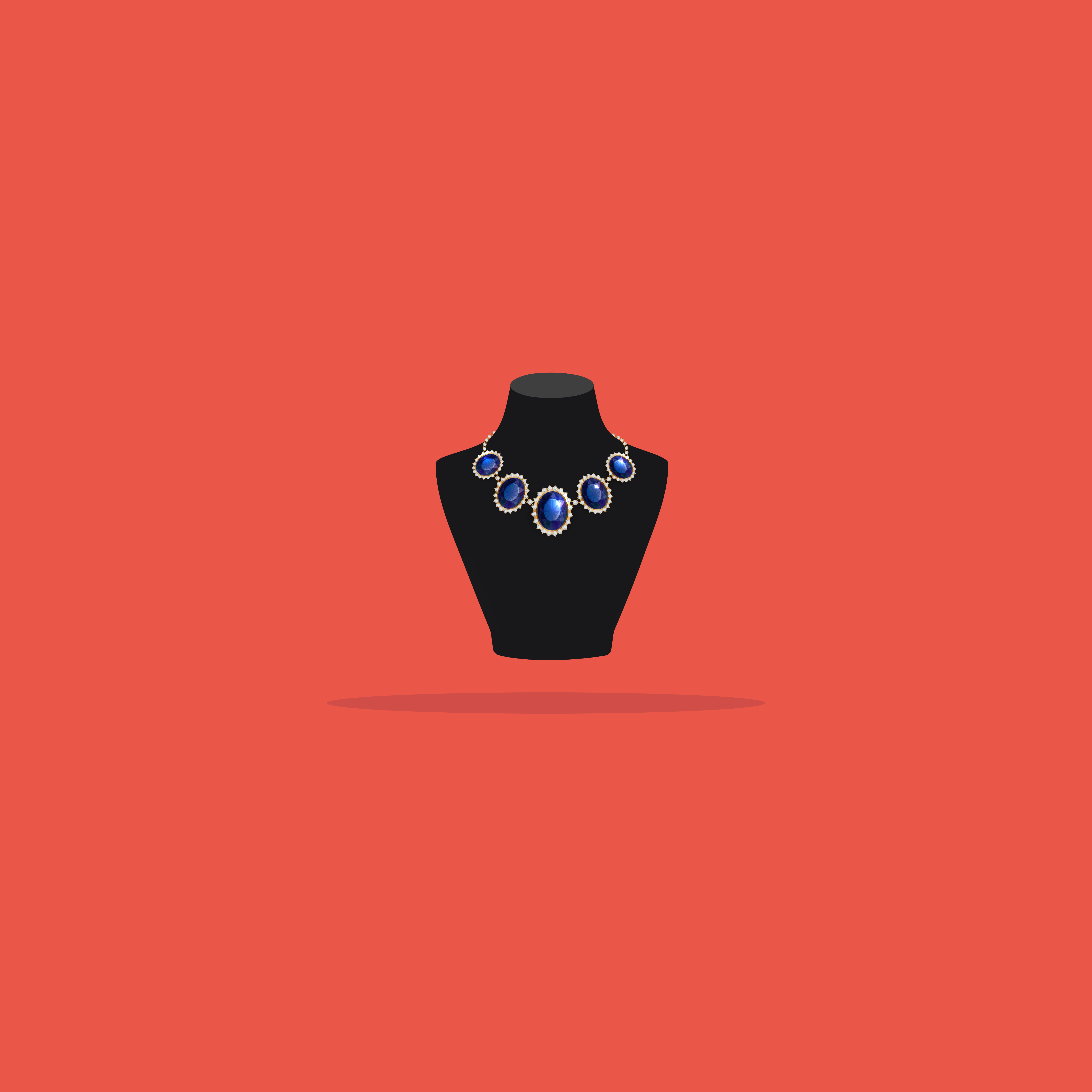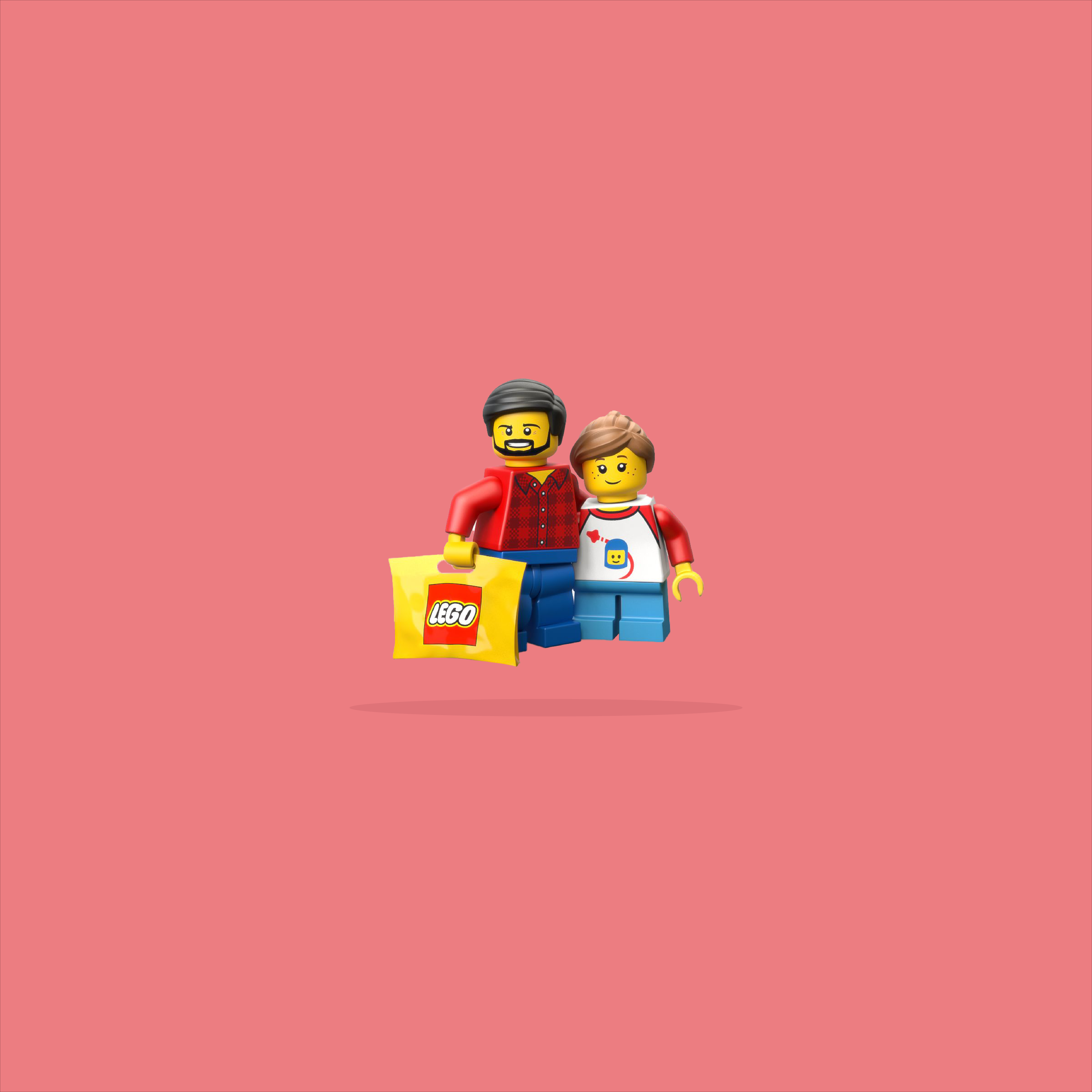Our websites use cookies. By continuing, we assume your permission to deploy cookies as detailed in our Privacy Policy.
5 Ways You Can Use Email to Keep Your Customers Coming Back
From a digital perspective, there are many ways to market your ecommerce business – Google, Facebook, and the smaller, but no less powerful platforms of Instagram or Pinterest. All of these services represent outstanding avenues for generating new business. What if, however, you want to solidify your pipeline of repeat customers? You know what we’re talking about – that trifecta of consumer activity that ensures your online business will have lasting success:
Return site visits. Reorders. Consistent, recurring income.
While all of the aforementioned sites are equally worthy of helping you reach an already established customer base, there is one oft-overlooked source that might prove even more potent at building ongoing success: Email.
That’s right, good old-fashioned email. If that idea seems a little dated, well, sometimes the best solutions are the simple ones right in front of us. Consider: Practically everyone has at least one email address they check and regularly use, be it personal or work-related. That email is easily accessed through more than just desk- or laptops – people check it using tablets, smartphones, and even watches. Of course, with the prevalence of email, it means that every one of your customers that has an email probably gets a ton of it.
That may seem like bad news, but no need to worry. Thankfully, there are several email marketing tactics your business can employ to reach your coveted consumer base and keep them coming back to your ecommerce store.
Get Personal With Your Customer Communications
Before we get to the five ways to boost your email remarketing, there is one step you must take first – personalisation. For any email marketing effort to prove successful, you must personalise your customer communications.
There’s a lot of smart tech nowadays, and that includes automated email integrations which take a lot of the work and worry of communication off your shoulders. Even better, these systems make personalisation simple and don’t cost you any more than those that send the dreadful “Dear Sir or Madam” emails. That is so 20th century. More important is that personalisation works.
For one thing, people appreciate being treated like a human being. Note those first six letters in the word personalisation: P – E – R – S – O – N
Think about when a company is marketing to you. Are you more likely to engage with a business that spices up their communications with your name, your preferences, and steers you toward the products and services you want or need? Or would you instead prefer doing business with To Whom It May Concern, LLC? We thought so. And you’re not alone either. Again and again, stats back up what personalisation does for your customer engagement as well as your bottom line. A few stats:
- If you send them personalised offers or discounts, 63% of Millennials, 58% of Gen Xers, and 46% of Baby Boomers are more likely to provide your business with their personal information.
- Personalising promotional marketing emails can generate 27% higher unique click rates and 11% higher open rates for your business versus communication that is not personalised.
- Personalised email marketing generates a median ROI of 122%.
Quite telling, isn’t it? So what do you say we get a little personal with those consumers you want to retain. Here are five ways you can use personalised emails to secure your customer base and ensure repeat business.
1. Focus on Your Biggest Fans
No doubt, you may have heard of the 80-20 rule at some point while building your business – that 80% of your business comes from 20% of your customers. Now, it’s wise to recognise that every business is different, and there is always wiggle room in platitudes like the 80-20 rule. But it does reinforce the fact that the majority of your business – in relation to the traffic you generate – comes from a small percentage of interested parties.
So reward them with the attention they deserve – and want. Sure, generating new business is essential for growth. However, keeping the back door closed so that current, valued customers can’t escape to your competitors is vital to consistent revenues. To achieve this, first define who your big fish are through a few different metrics:
- Frequency of Visits to Your Estore
- Frequency of Purchases
- Total Purchases Made
- Average Amount Per Order
- Overall Amount Spent
Patterns will emerge, and with that data, you can develop VIP email lists that target these loyal customers with incentives just for them. Things like:
- Previews of new items and an opportunity to purchase them before anyone else
- Invites to special events or VIP only parties (particularly awesome if you also have a physical store in which to hold the event)
- Chances for free or discounted swag
- VIP only products or services
Ultimately, people who are made to feel special, end up buying more. They also will tell other people how special you make them feel. In turn, those folks will want to get in on the act too, which, of course, all starts with buying your products.
2. Send Reorder Emails
Ecommerce and replenishable goods are a match made in internet retail heaven. It’s also an incredible way to generate that all-important recurring revenue. If your business is based in the consumable market (coffee, tea, or other beverages, cleaning supplies, vitamins, make-up or other personal care products) or lends itself to repeatable purchases (office or marketing supplies, wholesale merchandise, or even maintenance services for HVAC or business machines), this approach is perfect for you.
Just like your VIPs, segment your replenishment buyers and send personalised emails timed to when they reorder. You can either focus on when they’ve ordered in the past – once a month, once a quarter, or yearly – or based on the product’s life-cycle – if you supply a month’s worth of coffee, send a replenishment email when there are ten days remaining in the month.
3. Don’t Let Your Buyers Get Away
Abandoned carts. Window shoppers. People who buy, but then never buy again.
It’s enough to make even the most stoic ecommerce seller cry. Thankfully, you can keep those tears at bay with the right email strategy. Abandoned carts are an excellent opportunity for showing potential buyers you’re serious about earning their business. Reminder emails that show what they left behind is often enough to bring a buyer back to complete a purchase – and help you recover what could have been lost revenue.
And don’t shy from tossing in a discount carrot to help close the deal, if you know it will help. With window shoppers and one time buyers, you are faced with either winning them over or winning them back. In both circumstances, it’s all about showing these would-be or lost patrons how much you value their business, and are ready to do what it takes to get them on board. Consider it your “Soon To Be VIP” approach.
- Reminder emails about what they browsed or bought before.
- Daily, weekly, or monthly pings about deals, discounts, or items that are on the house.
- Simple engagement messages that thank the customer for a recent visit, show them appreciation for their last purchase (regardless of how long ago it occurred), or one that wishes them a happy birthday.
In every case, include one or more personalised incentives to prove your message isn’t just empty words.
4. One Product, Two Product, Old Product, New Product
No, email marketing is not akin to a Dr. Suess book, but it is a catchy way to intro cross-sale and complementary product emails. To keep clients coming back, you need to prove your business’ continued value. Sending email alerts to consumers about products beneficial to them – based on a previous purchase or prior activity – is one of the best methods for showing that value.
For example, if you sell K-cups, then promoting the line of K-cup machines that are also available on your site is a win-win. If your online store sells clothing, take a similar approach by matching up accessories to a customer’s recent shirt or pant purchase (or just options they previously searched).
You can employ the same strategy for upselling. If a shopper shows an affinity for one of your more basic products, send them a personalised email touting how much more they’ll love the item that’s a step up from the entry-level item. The key is to identify those products (or services) that pair well together, or that have increased benefits and then identify them for your customers.
5. Keep Your Customers (Specifically) in the Know
Finally, generating repeat ecommerce business isn’t all about making direct pitches. Newsletters are a fantastic way to get the word out about what’s going on with your company, new items or discounts that are available, or upcoming events your customer should know about. But not just any newsletters. The days of blast email newsletters are over. Your clients want information relevant to them. You achieve this by segmenting your newsletter the same as you would a product promotion:
- By demographic.
- By recent activity or behavior.
- By past purchases.
You can even drill down to what technology they use and optimise your message to meet those preferences. For example, let’s reuse our clothing example and assume your ecommerce store deals in seasonal sportswear, selling items both for the beach or the mountains. You can segment your newsletters for those interested in your beachwear, your cold-weather offerings, or both.
Even service-based companies can benefit. Perhaps you manage a portfolio of properties for different groups of investors. You can segment your newsletter to convey the company news to all, but customise a personalised message based on an individual’s specific investment. It’s as if you are speaking to that one customer and on one else. Need help getting personal with your customers?
Let Segmentify’s ecommerce personalisation platform help you provide your visitors with a unique shopping experience that will keep them coming back.








